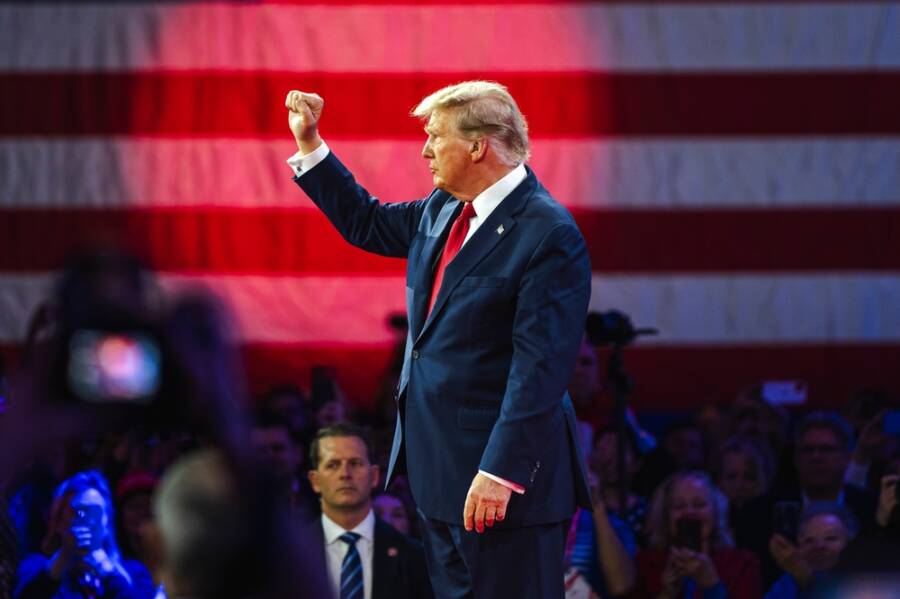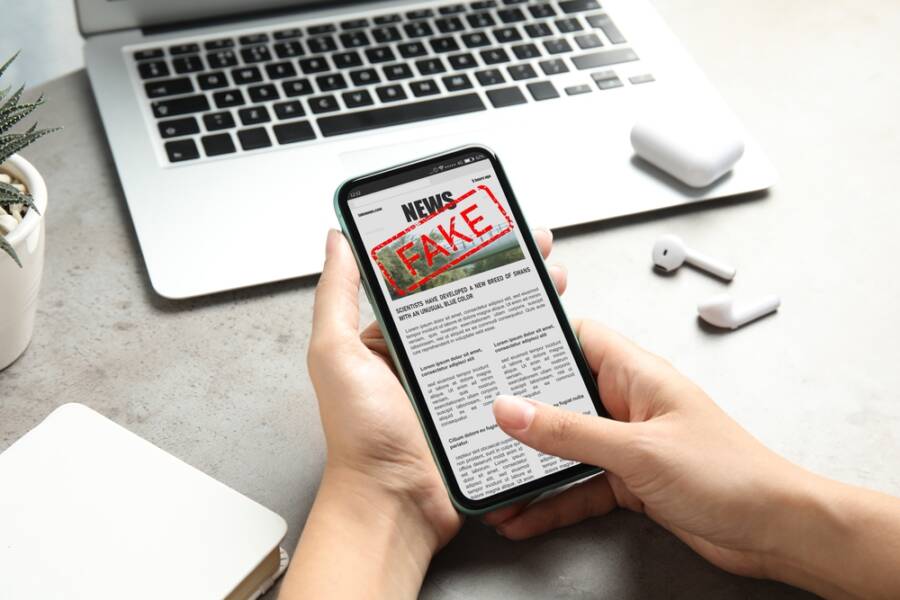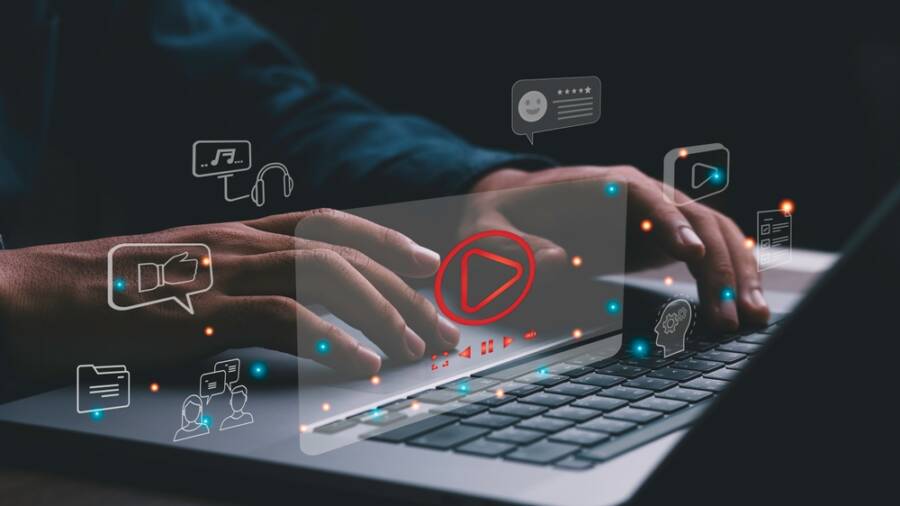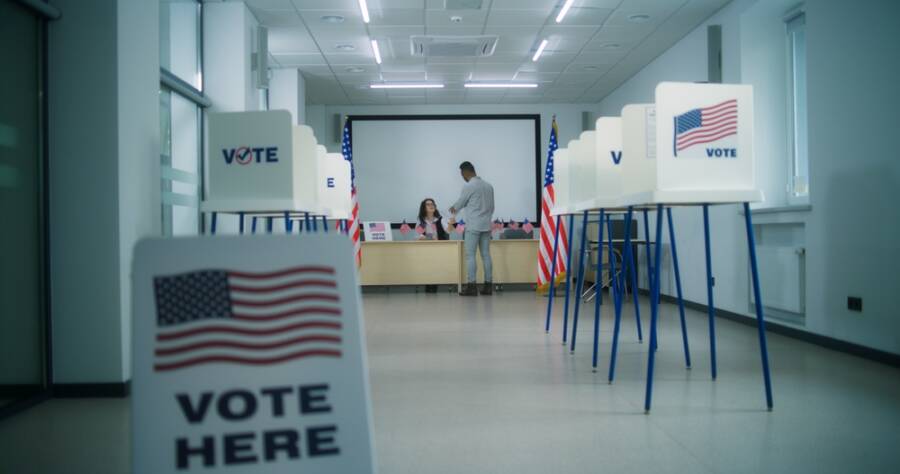“I felt the bullet ripping through my skin.”
This incident exploded immediately into conspiracy theories all over the political spectrum and all over the world.
On Saturday, July 13, the sound of a gunshot disturbed the rally in Butler that Donald Trump was attending, and he got his ear clutched in an assassination attempt. It all happened very quickly, and members of the Secret Service promptly acted to take out the former president. This is the moment when the iconic picture of Donald Trump was taken with blood running from his ear to his cheek.
Let’s see the psychology behind the spread of these rumors.

Who did it?
A few hours after the incident, they found the identity of a 20-year-old individual who appeared to be the shooter. Thomas Mathew Crooks from Bethel Park, Pennsylvania, shot several times from a rooftop outside the ally venue, and this led to injuring two other people before he was taken down at the scene. The reasons are still unknown.
However, even if the shooter’s identity was found, major conspiracy theories were spread, most of them suggesting that the assassination was staged. There are more opinions on this topic, and they vary in online communities.
The most common conspiracy theories
A conspiracy coming from the left wing is related to the fault of the Republican Party. They have as evidence the fact that there was no blood on Trump’s face until he didn’t touch his cheek, even if online videos make it hard to believe. Basically, they claim that Trump used a squib to release fake blood. The theory involves the Secret Service as a part of it because they allowed Trump to stand and pose while they escorted him offstage. And their biggest point is that they think if it were the case of an active shooter, the former president would be taken off more urgently.
On the right side, there are supporters of the staged theory who accuse President Joe Biden, the Department of Justice, and more powerful actors who could be directly or indirectly involved. In their perspective, the Secret Service is also present, and they point fingers at the fact that it would have been easy to spot and stop the shooter before he attacked. Another theory resides in the fact that the shooter knew what rooftop to use and avoided detection. In these conditions, the Secret Service was either doing the worst job ever, rallying, or playing a part in the shooting.
Niche online spaces or posts on X and Telegram falsely claimed that the Butler Police Department identified the shooter, including a photo of a man wearing a black hat and sunglasses. This started with a YouTube video where the man claimed justice was coming, but all of this was out of reality.
Verified accounts on X have shared these misinforming posts, and one of the important accounts was Wall Street Silver, which shared the “justice was coming” fake news with their 1.3 million followers and deleted it later with no explanation. Other accounts known for Russian propaganda, such as MAGA and Proud Boy, also shared false information on their channels.

Who was the man in the posts?
Marco Violi, an Italian YouTuber who is actually vlogging about soccer, managed to be a part of all this while doing his harmless job. The false identification started as a joke on X from an account that incorrectly identified Violi as the shooter. The post included this photo coming from another user’s account who has the habit of sharing Violi’s content.
The accusations went after the account owner who shared the content, but the owner of the account called all this absurd and refused to affiliate with the fake news that got spread, as they were out of its responsibility.
Violi itself wrote on Instagram in Italian about how he is not involved in any way in this situation. This is the Meta translation: I STRONGLY DENY BEING INVOLVED IN THIS SITUATION. I WAS AWAKENED IN THE MIDDLE OF THE NIGHT (2 AM IN ITALY TO BE PRECISE) FROM THE MANY NOTIFICATIONS I RECEIVED ON INSTAGRAM AND ON X. I’M IN ITALY, I’M IN ROME, AND I HAD NO IDEA WHAT HAPPENED.”
There were many opportunities for people to get involved because of the notoriety that comes with the subject. Alex Jones, an established conspiracy theorist, live-streamed to his X audience of hundreds of thousands immediately after the incident. He blamed “the deep state” and let out a series of posts viewed a million times.
The social media impact
Motivations for sharing conspiracy theories in the full campaign include undermining political opponents and gaining social media clout. There are some other motivations when it comes to spreading information on social media, such as social media clout for financial gain.
Social media companies like Meta, Youtube, X, and TikTok commented on their role in spreading misinformation. The main platform creating noisy and less trustworthy information is X, under Elon Musk, with its ecosystem formed by verified accounts and transparent creator payments.
Musk himself shared misleading material about the shooting, and he criticized mainstream media for propaganda, suggesting the incident was deliberate or that it was a huge incompetence from SS, mentioning that their leader should resign as a common sense decision. This is one of the posts with 91 million views so far.
The meta decision was to stop promoting news, and this led to frustration among users who couldn’t find information on Threads, drastically contrasting with the highly fantasizing X. Meta’s algorithm limited authoritative and non-authoritative news on Threads, leading to the mass movement of users on Twitter who are huge fans of conspiracy theories.
On the other side, TikTok, as a misinformation vector, works with algorithms based on user queries, so there is not really filtered information. Given this topic at such an important moment in politics, there is a need for more rigorous regulation of social media to combat misinformation. Journalists are reporting not only known facts but also unanswered questions to help the public stay away from the psychological tendency to fill gaps with misinformation.

An opportunity
Based on a 2022 study about conspiracy theories, we can relate this topic to certain psychosocial traits that don’t have anything to do with the political world. Conspirational thinking isn’t linked to a specific political party but more to an extreme way of thinking in a person, which is reflected in those who are politically far-left or far-right.
It is evident that a trend is going wild online after seeing the reactions following the Trump assassination attempt. Social media reflected various political backgrounds, spreading the staged incident theory. People believe in conspiracy theories for various reasons: social, psychological, or political. They seek identity and a community feeling by distrusting the government and, generally, state institutions.
This is how the way the stories are spreading is becoming a powerful tool for influential people that will provide them with personal gain. Senator JD Vance, the one who was chosen as a running mate for Donald Trump, is one of the leading politicians who is now adding more fuel to the fire. He openly exposed his idea of affiliating the attack with the Biden administration, directly or indirectly.
Consequences?
Well, it’s already known that exposing the public to conspiracy theories will decrease their trust in elections. Voters from both political sides got into conspiratorial thinking, which created a hostile way of seeing the process associated with the 2024 election.
If you’re interested in finding out more about the psychological implications of conspiracy theories in politics, we recommend this book that you can find on Amazon: Conspiracy Theories: The Roots, Themes and Propagation of Paranoid Political and Cultural Narratives.
Read next: 6 Shocking Cold Truths About Living in Hollywood








2 Responses
I can’t believe Trumps team would ever take a chance of possibly twitching while shooting and kill Trump accidentally. That is so stupid to think Trump was the type of person that would take a chance of killing others in the crowd!!! This article was a stupid waste of my time!😡
Oh my yes. Let’s have more koolade on a humor site. Woke Magic’s thinking. Thanks